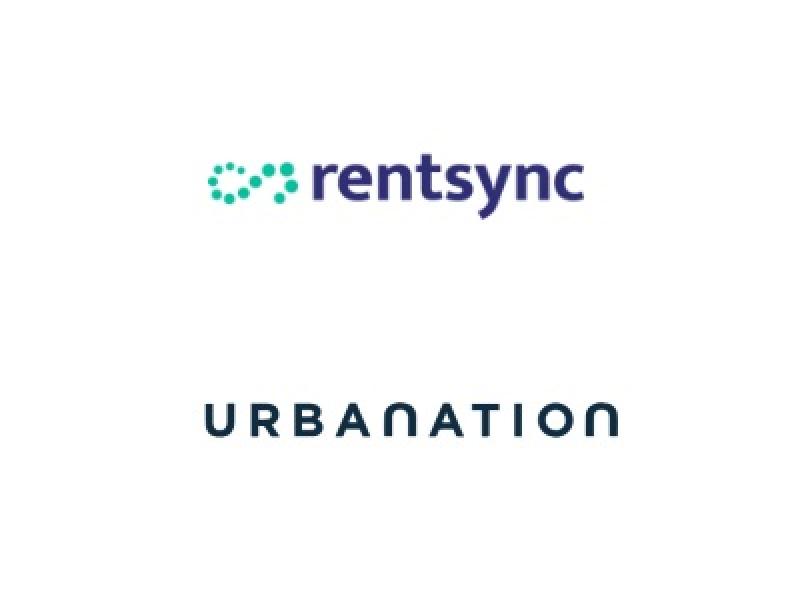
Canada’s housing situation is a crisis that requires decisive federal government action to spur affordable rental housing creation, along with buy-in from both non-profit organizations and for-profit developers.
That is the conclusion of the National Housing Accord, which includes members ranging from the Canadian Alliance to End Homelessness to the development industry's Real Property Association of Canada (REALPAC). The group concludes the country is failing to provide affordable housing for millions of economically vulnerable Canadians in its A Multi-Sector Approach to Ending Canada’s Rental Housing Crisis report.
Across 10 recommendations, it advocates policies for the federal government to:
- increase the supply of non-market housing;
- create the conditions for more market housing to be built;
- and provide financial assistance to families in precarious housing situations who are at risk of becoming homeless.
It serves as a blueprint to build two million affordable and market purpose-built rental units in the next seven years, encourage private investment into rental housing construction and raise federal investment in deeply affordable, co-op and supportive housing.
Michael Brooks, CEO of REALPAC and a co-author of the report, told RENX the accord members got together and did the math to determine just how daunting of a problem this is. It is not business-as-usual anymore, and, “It’s finally dawning on people that no one has a plan.
“This is a whole-of-government approach,” Brooks continued. “No one has an industrial strategy for housing in Canada yet. This is what we need: everything aligned and find a way forward.”
The numbers behind the crisis
The report lays out a series of figures to illustrate the extent of affordability challenges for many renters.
In each of the past 13 years, the average monthly rent on a one-bedroom apartment has increased at or above Canada's two per cent inflation target, according to Canada Mortgage and Housing Corporation (CMHC) data, and outpaced the rise in average weekly earnings.
In 2022, average monthly rent spiked by 7.1 per cent in Canada, the highest since 2010.
Canada’s social housing stock is at half the level of its Organisation for Economic Co-operation and Development and Group of Seven peers – an average of 3.5 per cent of available homes.
Though the construction of purpose-built rental units has increased, it is not catching up to population growth driven by record-high immigration and, recently, a low number of housing and apartment starts.
Most of Canada’s purpose-built rental stock is over 40 years old.
These factors have put Canadians in precarious economic situations – young adults, seniors, Indigenous Canadians, students, low-income households, those on fixed incomes, single-parent households – at risk of homelessness.
Brooks also blamed skyrocketing construction costs during the COVID pandemic and interest rate hikes for bringing rental projects to a halt and slowing condo sales across the country.
To really hit home with the numbers, Brooks reiterated the amount of housing needed to stabilize costs.
Approximately 5.8 million housing units must be built from 2023 to 2030 just to balance demand and supply, with two million being affordable units.
The amount of social housing has to be doubled as well.
If two million affordable rental units on average cost $300,000 each to build, it is an “unbelievable” number ($600 billion) no government can afford, he said.
Brooks said the private sector needs to “get stoked and (incentivized) to get back building,” but developers cannot do much on their own unless the government gets involved with reforms and incentives.
The 10-point recommendations
The National Housing Accord urges 10 policies largely focused on the federal government.
Its key policy endorses creating a coordinated plan with all three orders of government to develop an industrial strategy led by public and private builders, the non-profit housing sector, Indigenous housing experts, investors and labour.
“Every government at the provincial or local levels has a different plan. There’s no coordination. People within the federal government, there are departments working at cross purposes to each other,” Brooks said, meaning alignment on this issue is crucial.
Brooks focused his attention on a potential policy for the federal government to reform CHMC fees and the federal tax system via changes to capital cost provisions and eliminating the GST/HST on purpose-built rental housing completions.
He recommended Canada revisit a decades-old low-income housing tax credit for multi-unit residential buildings that allowed for many apartments to be built while it was in force.
Other suggestions include:
- The federal government should help reform the National Building Code to drive innovation in the homebuilding sector;
- Streamline the CMHC approvals process;
- Reform the Canada Housing Benefit by replacing it with a Portable Housing Benefit.
Who is listening?
Brooks spoke to all the major federal parties (except the Bloc Québécois), ranging from the new minister of housing Sean Fraser to housing critics from the Conservative Party and New Democratic Party, and said all agree in principle with the recommendations.
Stakeholders are studying the report closely, Brooks said, and he is optimistic with multi-party support there will be some motivation to tackle this issue in the fall economic statement or budget.
On the municipal level, he is less sure. Brooks still sees resistance from municipal governments against speeding up the development process dramatically and passing updated zoning laws.
“Even with a housing crisis in this country, it’s still happening.”










